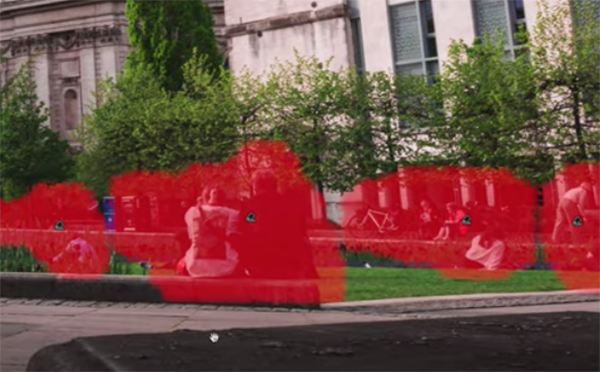A “Massive Upgrade” for Lightroom’s Remove Tool (VIDEO)
Just when you thought that Lightroom’s popular Remove tool was about as good as can be Adobe releases an upgrade that one expert refers to as “massive.” This tutorial from a notable educator explains how it works and explores how it lives up to the enthusiastic billing.
British instructor James posts twice weekly shooting and editing lessons on his Photo Feaver YouTube channel that are designed to help inexperienced photographers and Adobe users elevate their skills. We rely upon him often to demystify new or updated post-processing tools and today’s five-minute episode is an excellent example.

Before getting started Feaver provides the important reminder to first update Lightroom if you haven’t already done so. This means the July update 8.4 for Lightroom and version 14.4 for Lightroom Classic which is what he’s using for this demonstration.
The new tool is referred to as “Remove Distractions,” and it’s a “bolt-on” to a pre-existing tool that Adobe calls “Generative Remove.” Feaver describes the differences like this: “With Generative Remove you have to manually select specific areas to remove them. But the new tool described today automatically detects both reflections and people and removes them from there.”
Feaver uses two photos to evaluate the precision of this promising tool, the first being a beautiful landscape he captured at Arches National Park that includes a few small but distracting hikers mucking up the otherwise pristine scene. Image number two s a nicely framed shot of London’s iconic St. Paul’s Cathedral where’s there’s a bunch of visitors outside the pretty church.

The second shot is a much greater challenge because of its complicated background and the fact that the unwanted people are both larger and more plentiful. So how well does Lightroom’s improved tool handle these divergent situations? Follow along, learn the necessary steps, and decide for yourself.
Then head over to the very popular Photo Feaver YouTube channel for more helpful shooting and editing tutorials on topical techniques.
We also suggest watch our earlier tutorial with another post-processing expert who demonstrates a Photoshop technique for combining two or more images of the same scene to create a single composite photograph that screams “masterpiece.”





